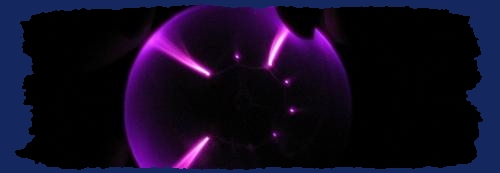I was looking for some spectroscope. I found on the internet a very good software that can use the webcam and the simple construction of the spectroscope to show the spectrum into a clear graph with the display of the peaks, which is exactly what I need.
Its precision is set to a maximum of 1 nm, which is a very good value, to achieve such precision you will need a very good webcam and diffraction grating. As I have already suggested, you need a webcam, a diffraction grating, and a line iris for the spectroscopy.
The principle of displaying the spectrum is a very simple light; it must pass through the iris in order to guarantee the corresponding sharpness and the perpendicularity of the beam incident on the diffraction grating if the screen is not there, the spectrum would be spread out over a large area and would prevent it from being displayed well. This line curtain should be located a few centimeters behind the grid vertically with the axis of the recording device (webcam), the further the diffraction grid from the aperture, the smaller the aperture gap. I have proven about 8-10cm from the grid and the aperture gap is below 1mm. These distances have to be experimented, depending on several factors.
Thus, the light falls in a narrow beam on a diffraction grating, which is nothing but a transparent film that has parallel slots or reflective gaps, which makes light diffuse into a spectrum (different wavelengths are reflected in a different direction), grids are many types, for a webcam a grid of 1000 lines / mm is suitable. It is also possible to use the inner surface of a DVD that has 1350 l / mm, but it is not very suitable for our purposes. A professional diffraction grid is available in a couple of hundreds on Ebay, its advantage is the exact number of l / mm required, as well as its small thickness that prevents unwanted absorption of light and reflections. In order to decompose the light into the spectrum, it is also possible to use an optical prism, but the light needs to collimate into the optical axis, and the structure is more complex and the prism spectrum is not entirely linear due to the glass fracture.
Thus, we have a bar aperture from which the light differs on the diffraction grating, the spectrum is reflected from the diffraction grating approx. in 45 st. Angle on both sides, it is necessary for the light on the grid to reach roughly at that angle, I read the forums, the ideal angles are 30-45 degrees, depending on the focal length of the camera lens and other factors. The webcam is then placed directly behind the grid, it is recommended 3-10mm in front of the lens.
The webcam's focus must be focused, but not directly on the grid but about the focal length of the screen.
Such a built-in spectrometer is capable of accurately measuring wavelengths in the UV range to IR, for infrared spectra to measure infrared, the IR filter must be removed from the lens, which is usually part of the back of the lens. Calibration of the spectrum is done by rotating the angle of the diffraction grating. The accuracy I achieved with my spetrometer would be about +/- 5nm in the 350-900nm range. Unfortunately, because the foil grille is a bit, it can wrinkle a bit and the accuracy is not entirely linear in its entirety. Precision depends mainly on the quality of the wicker and also the webcam resolution, I used the 720p webcam, the accuracy I do not have absolutely limited because of it.
From this spectroscopy, it is therefore possible to measure and display spectrum from the ultraviolet to the infrared range of light radiation. The Spectroscope has many uses, for example, you can determine what gas is, if it is excited, the emission spectrum, or what substances are contained dissolved in some liquid or in the transparent mass due to the absorption spectrum .....
The inside of the spectroscope is black to eliminate reflections.
My spectrometer therefore consists of:
- Imaging devices: Microsoft LifeCam HD 3000 Webcam (720p) + holder
- Diffraction grid: Linear 1000 Line / mm (Thunder Optic) + Holder
- Aperture: Two pieces of blade from the perforation, painted black.
- Enclosure: ABS75-GRY, interior painted black.
- Software: Theremino Spectrometer V2.5 + PC
And here I have pictures:
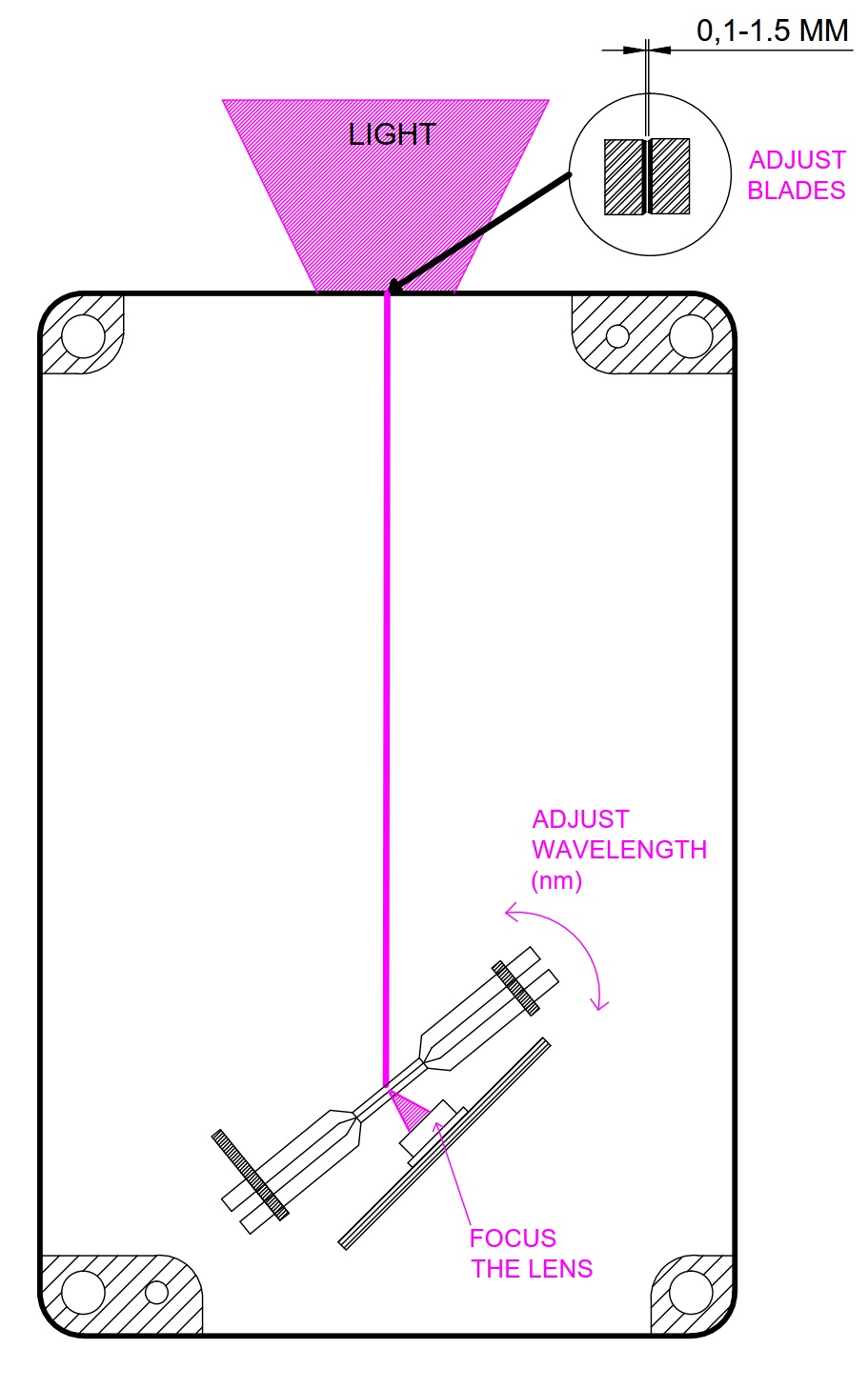
And there are photography : :


- RAW spectrum from webcam -

A zde už spektra ze SW
Zářivka - Fluorescent lamp
Pomocí tohoto spektra ze zářivky se tlačítkem "Trim scale" kalibrují vlnové délky 445 a 546nm.
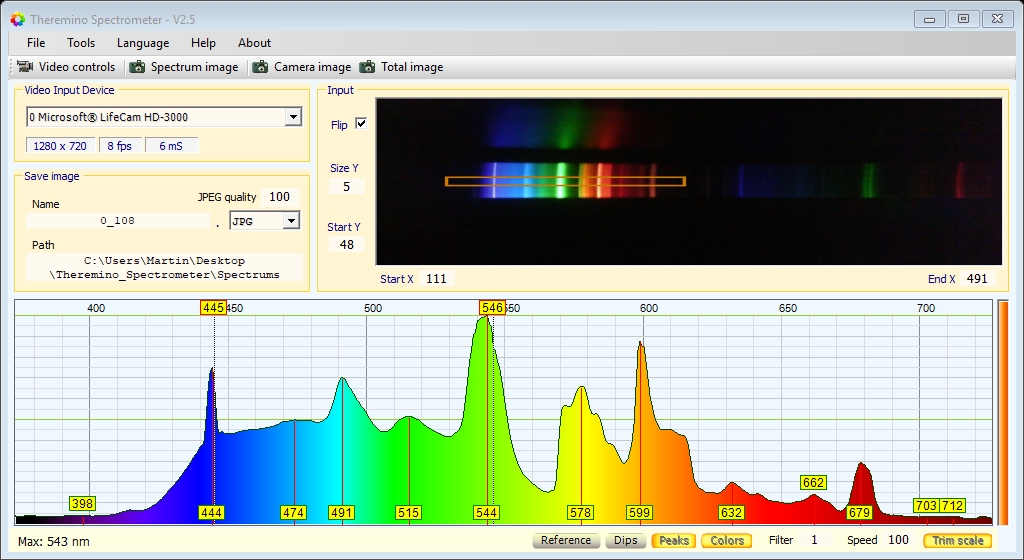
Denní světlo - Daylight
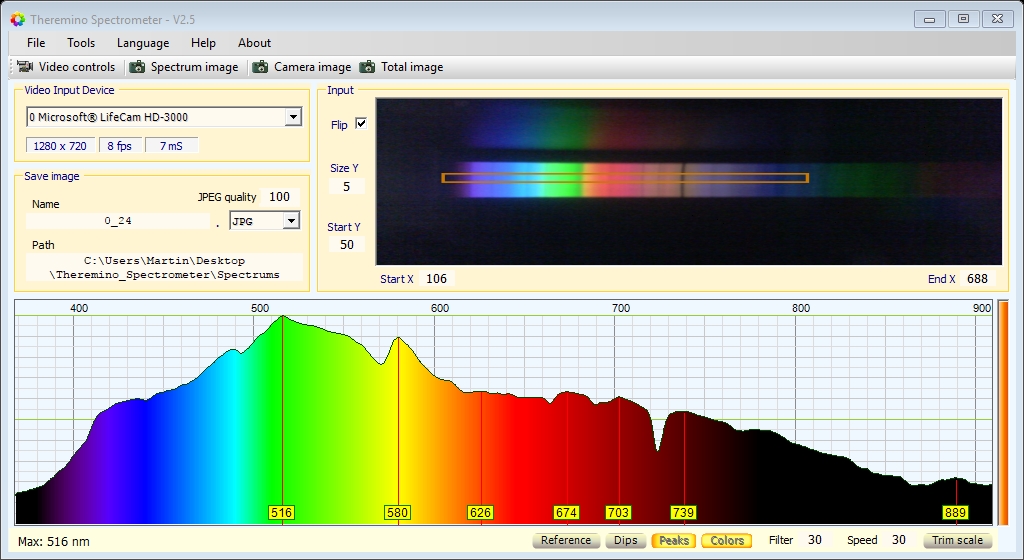
Žárovka - light bulb
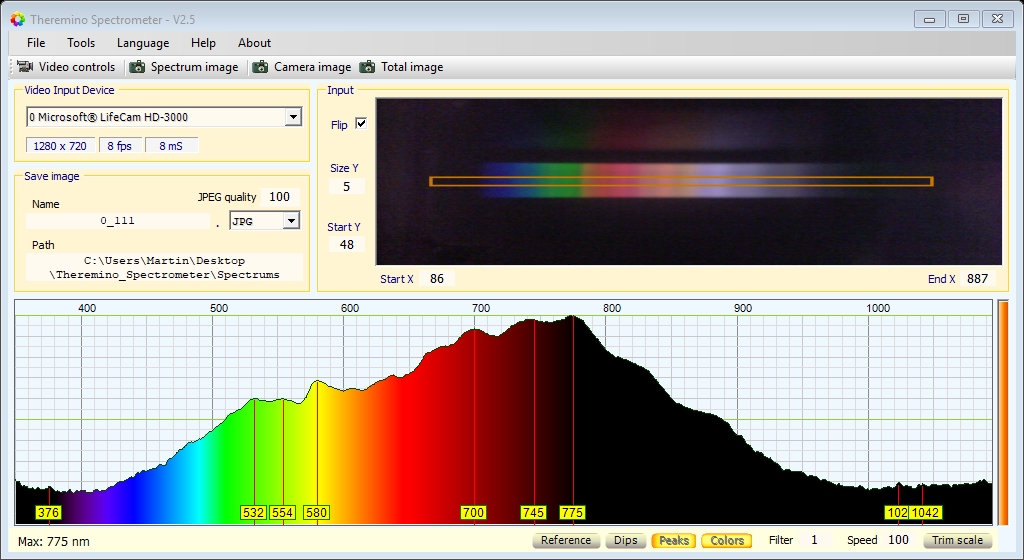
Svíčka - candle

Červený laser - Red laser diode
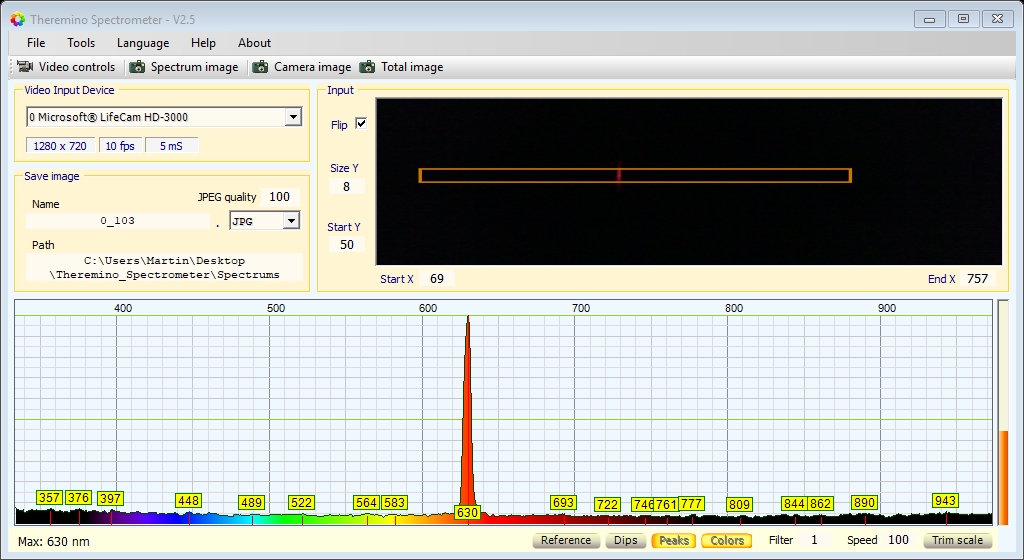
Modrý laser - Blue laser diode (near UV)

Červená LED - RED LED

UV LED

Infračervená dioda z ovladače - IR diode from remote control
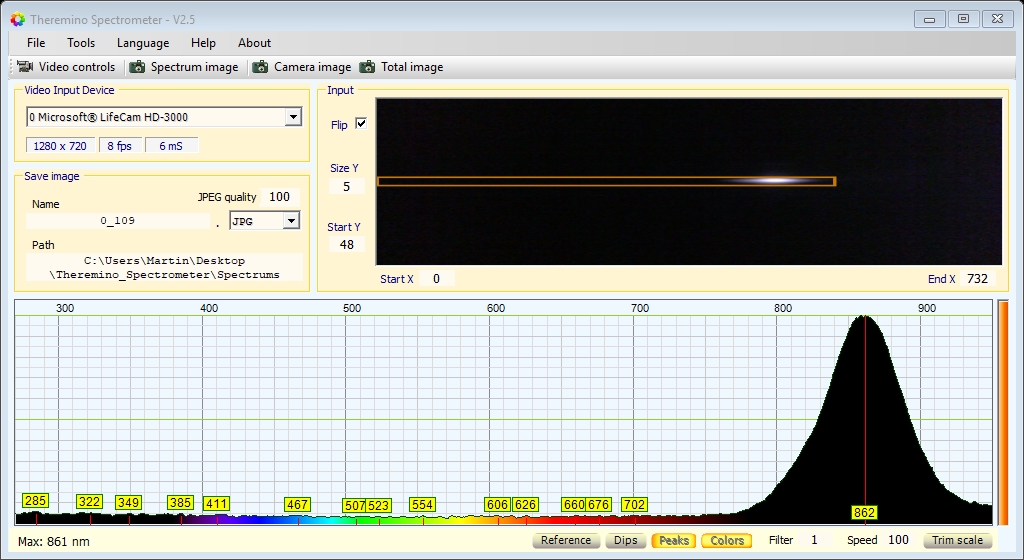
LCD Monitor / LCD Screen

Hg Lamp
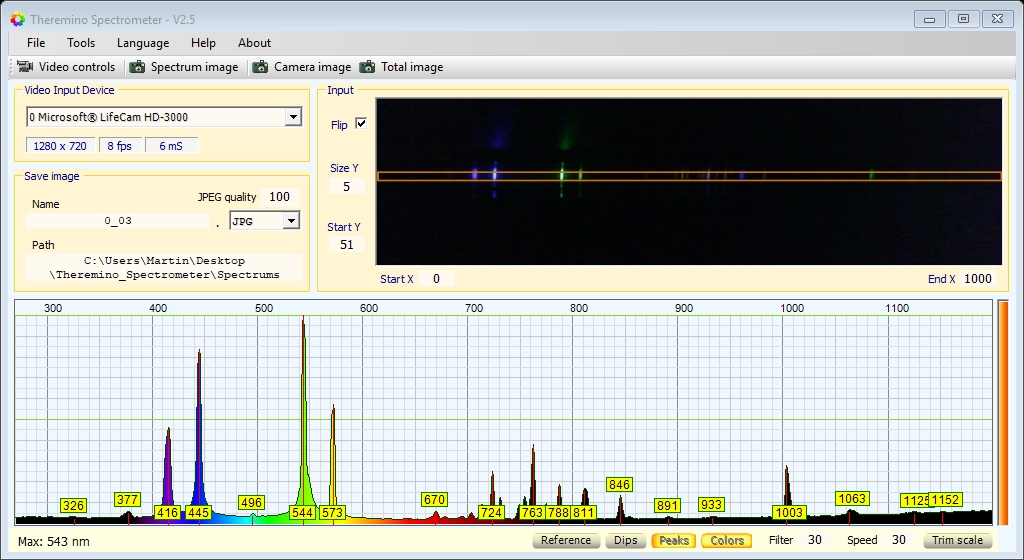
Ne Lamp

UV_Dark_light Lamp
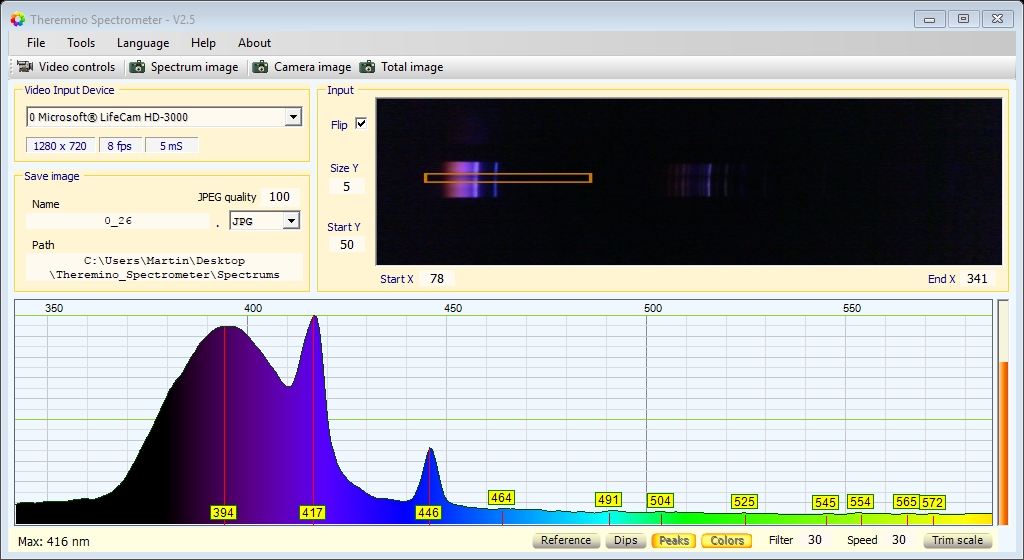
UV_Dark_light Lamp with excited phosphorescent green balls
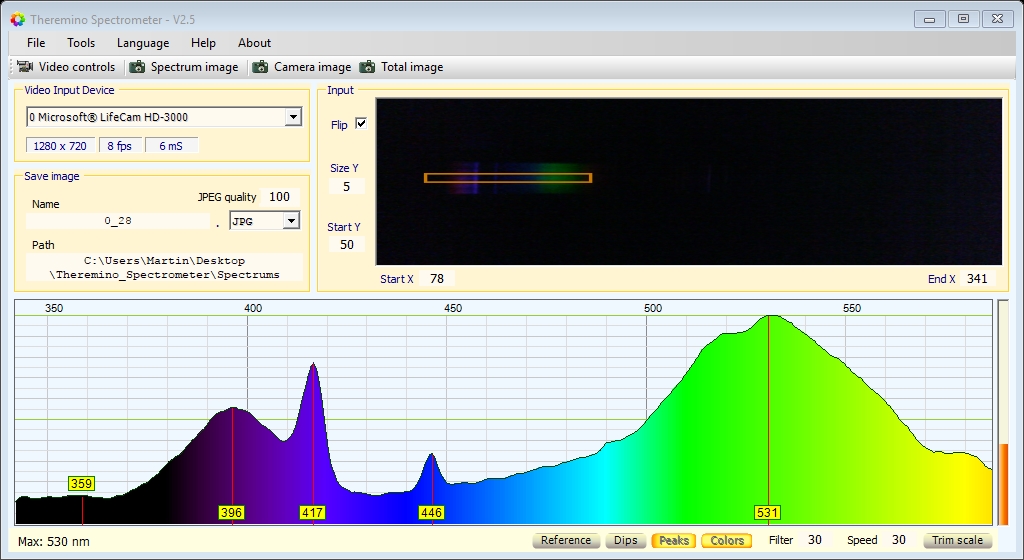
|
